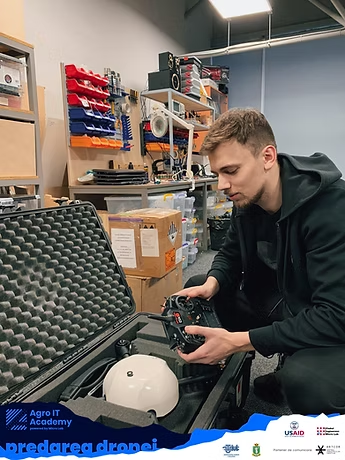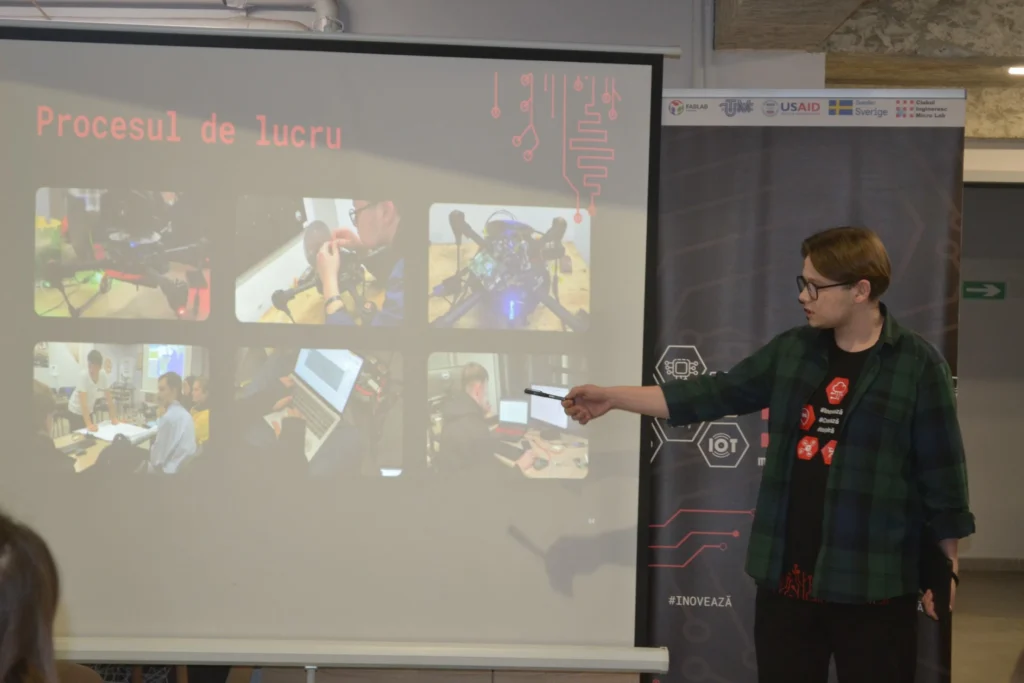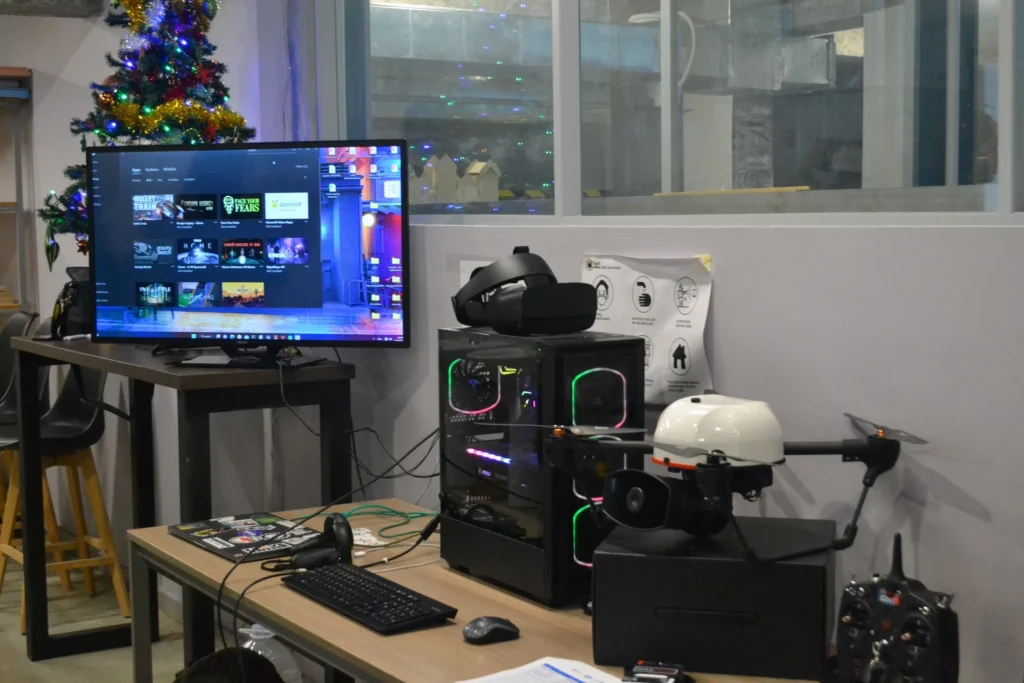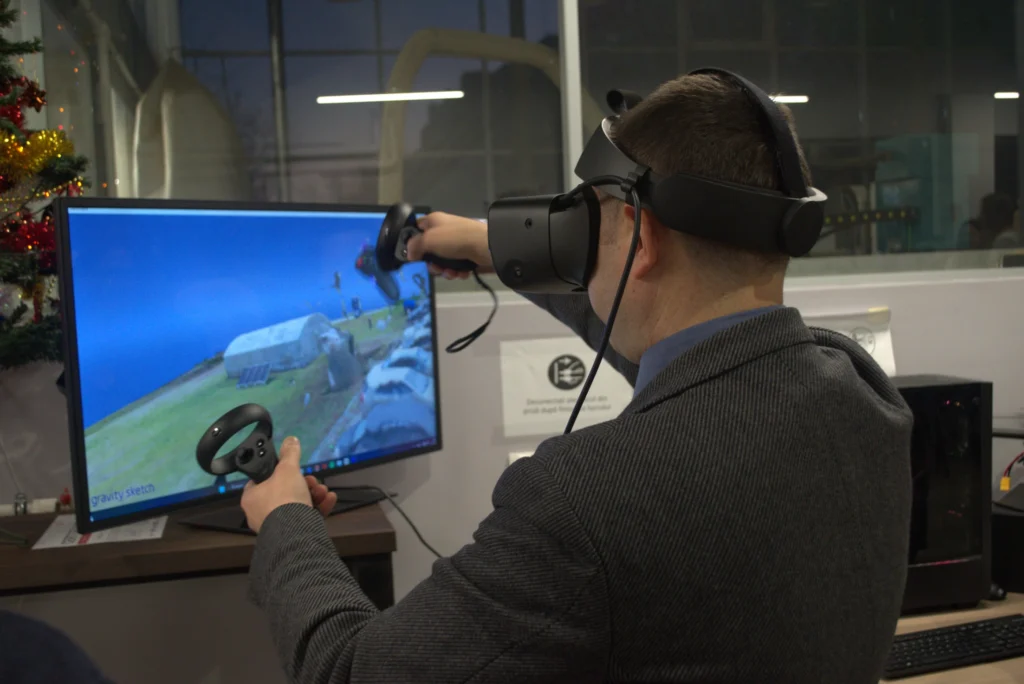Collaborative drones represent a new area of exploration in aeronautical technology, which offers innovative solutions for various industrial and commercial applications. These devices are designed to work together in a coordinated system, thus improving the efficiency and precision of the activities carried out. In recent years, drones have developed strongly, becoming increasingly advanced and easier to use. They are autonomous devices that are used for photography, filming or even to carry out complex missions. Being practical in various industries: films, photography, agriculture, security and even in laying power lines.

Collaborative drones represent a new area of exploration in aeronautical technology, which offers innovative solutions for various industrial and commercial applications. These devices are designed to work together in a coordinated system, thus improving the efficiency and precision of the activities carried out. In recent years, drones have developed strongly, becoming increasingly advanced and easier to use. They are autonomous devices that are used for photography, filming or even to carry out complex missions. Being practical in various industries: films, photography, agriculture, security and even in laying power lines.
To understand how a drone works, we need to understand two concepts – remote control and autonomy. Remote control refers to how an operator can control and indicate commands from a distance. Autonomy refers to the drone’s ability to move and perform missions without operator intervention.
These devices are equipped with advanced technology, such as GPS systems, sensors and cameras, which allow them to work together in a coordinated and efficient way. There is also the possibility of control through a central management system, which can be accessed remotely via a Wi-Fi or mobile connection.
Video and photo cameras allow operators to capture images and video clips from great heights. Sensors and navigation allow the drone to avoid obstacles and move autonomously.
Collaborative drones represent a major step forward in aeronautical technology, offering innovative and efficient solutions for various industries. Given their advantages, these devices are destined to become an essential element in industrial and commercial activities of the future.
One of the newest areas of research in drone technology is collaborative drones. These are capable of working together to perform complex and difficult tasks, using artificial intelligence and advanced algorithms.
Thus, in 2022, at the Drone Education course, organized by the Micro Lab Engineering Club as part of the Internship programs, students spent useful time with young drone enthusiasts, studying: architecture, drone avionics, measurement and monitoring equipment, piloting techniques, measurement data processing, legal regulations regarding the use of drones, drone maintenance. This month of interactive course with information, practical exercises, case studies, under the guidance of the best mentor working in the field made possible the multilateral development of young people.



But we don't stop there, now you have the opportunity to apply to the Swarm drone system program and you will be able to learn the collaborative control of multiple drones. These systems can be used to do multiple tasks at the same time and save time and money, but also to improve productivity and efficiency and achieve more complex goals.
Drones are one of the hottest topics of discussion among engineers today. They are autonomous flying devices that can be used to perform tasks that would be too expensive or dangerous for humans to perform.
In recent years, significant advances have been made in Swarm Drone systems, making drones one of the most exciting technologies in the engineering world. They offer engineers the opportunity to do things that were not possible in the past and to get things done faster and more efficiently. Today, here and now.

